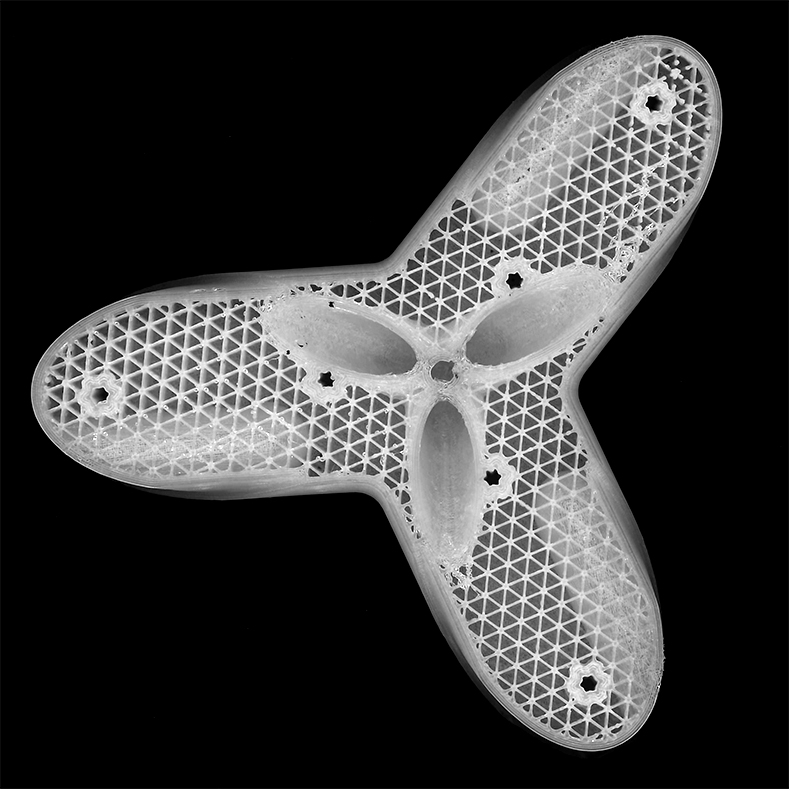Most building façades require metal parts to hold structural loads on the outside, so they transfer too much summer heat or winter loss, known as problematic “thermal bridging”. We aim to use innovative highly insulating structural 3D printed parts instead, with much-reduced CO2 footprint! High-strength integrated Carbon/Kevlar/Glass fibers give free-form pieces provide high-durability and long-term strength. The parts are directly designed via BIM modeling & Digital Fabrication approach.
We want to reduce energy loss due to building facades caused by thermal bridges, usually made of metals with high thermal conductivity (50 W/mK for steel and 250 W/mK for aluminum). Metal details with high-strength capacity are currently used to transfer forces from outside to inside, also metals can be machined to fit complex façade geometries, but this construction method must be improved.
Conventional plastics have much lower, beneficial thermal conductivity (<1 W/mK), however such materials were not strong & durable enough over time to carry building elements such as balconies, shading, rain-screen and other load (wind & snow) in the past.
Recently, 3D structural printing has become market-ready, where the printer is BIM-fed any 3D geometry file that now also is reinforced with strong durable fibers (carbon/glass/kevlar fibers). We own such printers in Berlin and New York and have started to perform promising systematic load tests at HTW Berlin already. We want to 3D-print thermal bridging façade parts!




